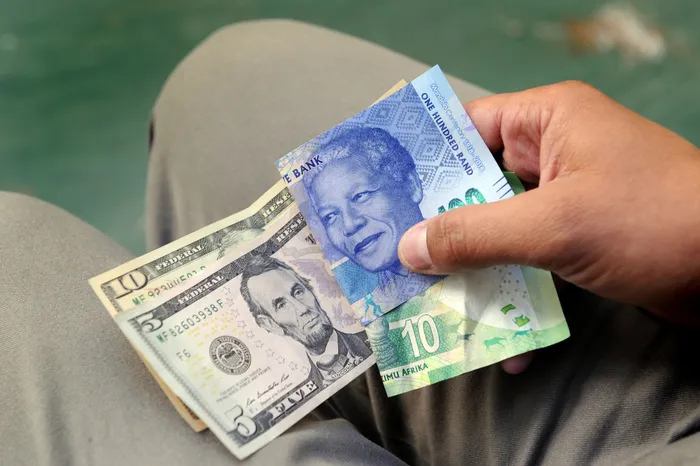May composite leading business cycle indicator

The SARB said the largest negative contributors were the downturns in approved residential building plans and South Africa's export commodity price index denominated in US dollar. Picture: karen Sandison/African News Agency(ANA)
Economic growth in South Africa is expected to weaken in the near future as the intensified power cuts, elevated interest rates and logistical bottlenecks continue to constrain business activity, putting additional pressure on government finances.
The South African Reserve Bank (SARB) yesterday said that the composite leading business cycle indicator fell to 1.7% in May, slipping further from an upwardly revised 1.1% decline in April.
This marked the fourth consecutive month of declines in the business indicators, as six out of the 10 available component time series decreased.
The SARB said the largest negative contributors were the downturns in approved residential building plans and South Africa's export commodity price index denominated in US dollar.
By contrast, the positive contributors were the widened interest rate spread, and the accelerated six-months smoothed growth rate of the real M1 money supply.
Because the leading indicator lags business sentiment by six months, the decline in the first two months of the second quarter of 2023, following another two months of the first quarter of 2023, underscored the risk of a fall in the business cycle in the fourth quarter of 2024.
Investec chief economist Annabel Bishop said the composite leading business cycle indicators for South Africa’s major trading partners had risen on a year-on-year basis, with hopes of an end to the US interest rate hike cycle after this week’s meeting and a soft landing for the global economy.
However, Bishop said there were still risks on the global horizon, with recent manufacturing data for the European Union, a key trading partner for South Africa, showing its business activity weakened at the fastest pace this year, exceeding expectations.
Additionally, Bishop said China’s recovery had disappointed and, globally, debt levels were rising, adding to financial strains.
“Risks persist on the global inflation front, too, particularly from the worsening impacts of climate change and the end to the Black Sea deal,” she said.
Last week, Russia withdrew from the Black Sea grain deal that ensured the safe export of Ukrainian grains for global exports, saying that the agreement had lost its meaning.
Russia’s invasion of Ukraine has resulted in global inflation surging to historic highs, especially consumer inflation for food and fuel, as both countries are significant exporters of these commodities.
This, and the lingering impact of the Covid-19 pandemic, had increasing borrowing needs for many governments.
Bishop said (global) government debt had reached a record worldwide, at $92 trillion (R1626 trl) for last year as a whole, and climate change would increasingly see pressures build for state funding measures, including mitigation, crisis relief and adaptation finance
She said sustainability for developing economies was seen at a debt-to-GDP ratio below 60% - with close to sixty developing countries above this threshold and the pressures were expected to rise on state finances as climate change effects worsen.
“For South Africa, with debt just above 70% of GDP, and set to rise further, curbing debt will be key to fiscal sustainability before climate change pressures intensify,” Bishop said.
“Fiscal sustainability in turn is necessary for investor confidence, and so economic growth.”
BUSINESS REPORT